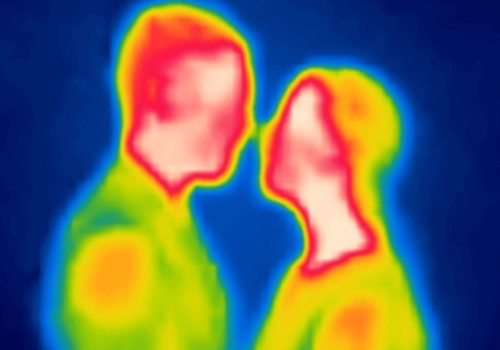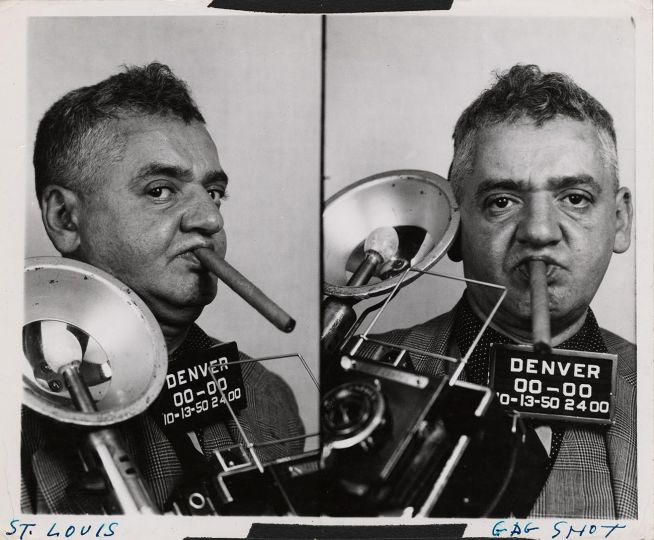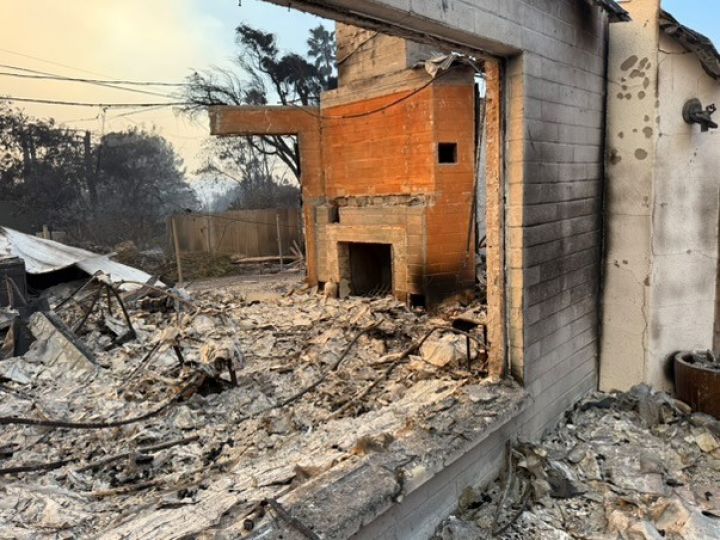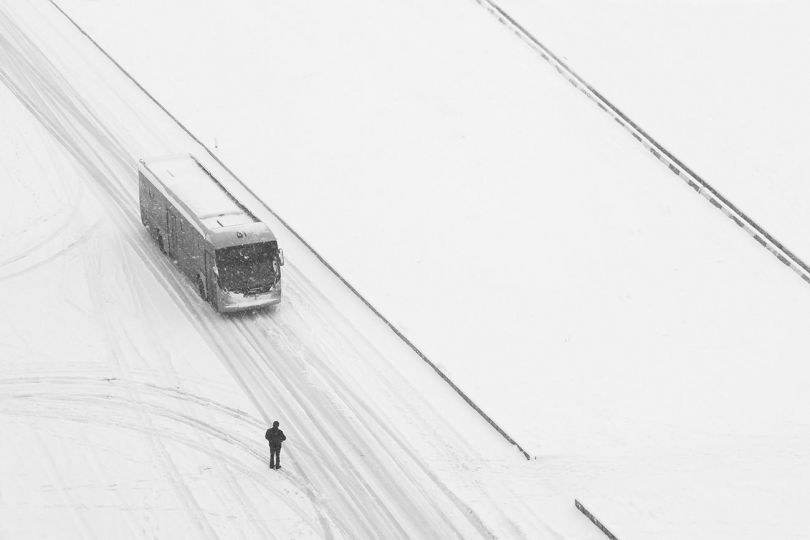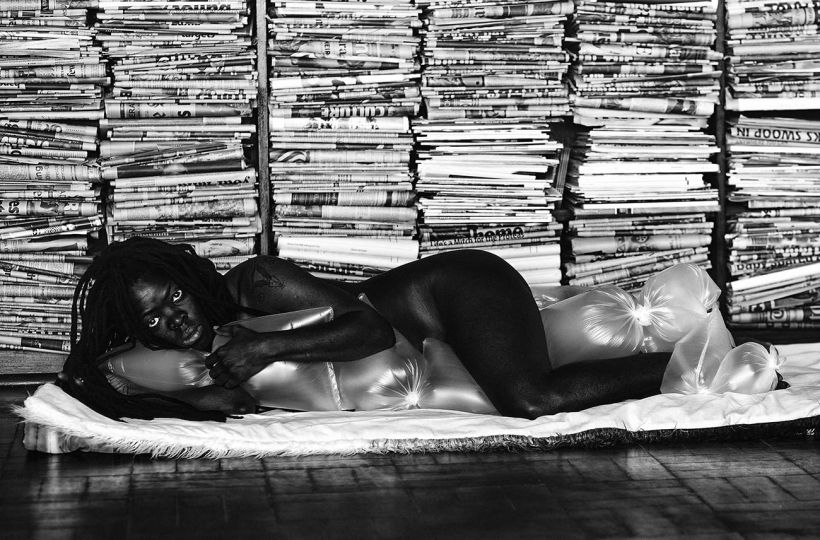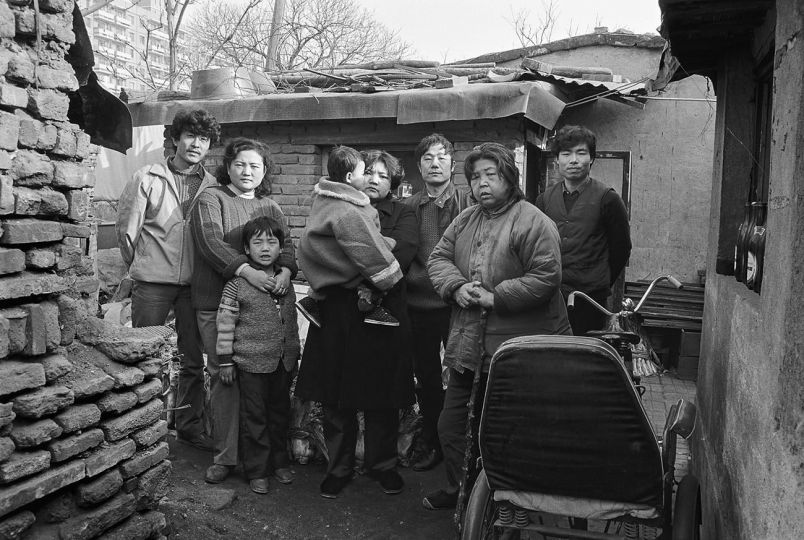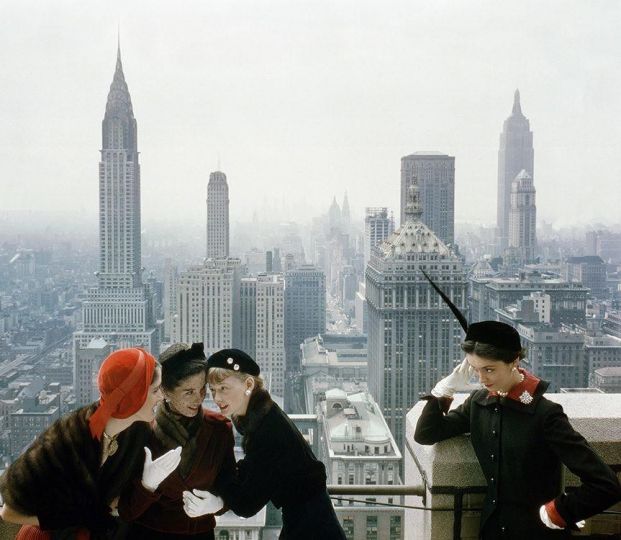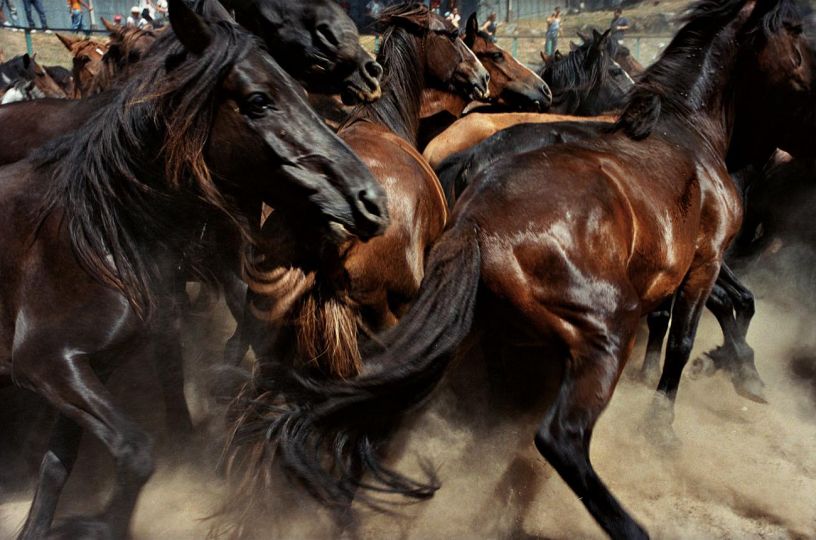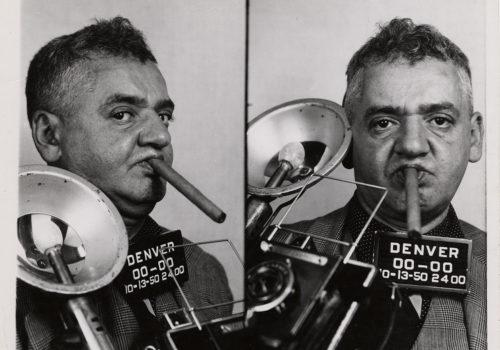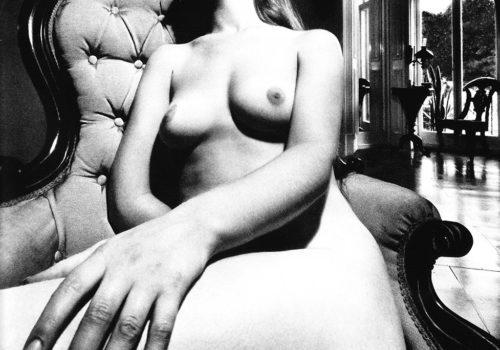Infrared images are one of the visual signatures of our time. They are disturbing, strange, hyper-technological. They identify fever cases in a pandemic or ascertains whether a building is well insulated. They are as much a monitoring tool as they are a diagnostic tool. Its overly vivid colors have nothing real about it. Its strident reds, blues or yellows, however, reveal a reality that escapes the human eye.
The architect Philippe Rahm takes advantage of a thermal camera in his practice, concerned with sustainable development. He also uses the device to take portraits of relatives, colleagues, artists, personalities, anonymous people. He also captures urban or natural scenes. The utilitarian image is diverted towards a creative, aesthetic, resolutely empathetic goal. The heat waves which are at the source of infrared technology are, for the moment, warm.
Philippe Rahm’s camera superimposes a thermographic image on a real image. The first is dependent on infrared radiation emitted by bodies and objects photographed. It shows temperature gradients embodied by symbolic colors: the colder colors are translated into dark blue, the hottest in red, then white. Originally, the thermal image is monochrome. But the human eye is designed in this way that it can better distinguish differences in intensity with colors than with grays.
The resulting image remains understandable thanks to the actual photo taken by the device, in parallel with the thermography. This visible image gives recognizable contours to faces, objects, architecture. It identifies silhouettes, highlights accessories such as glasses or masks, preserves looks and physical features. A tension arises between a traditional photo and an infrared image, between the visible and the invisible, presence and absence, the language of emotions and the computational capacities of digital imagery.
Philippe Rahm : Infrarouge : Portraits du XXIe siècle
From February 11 to August 29, 2021
Musée suisse de l’appareil photographique
Grande Place 99
1800 Vevey, Suisse

